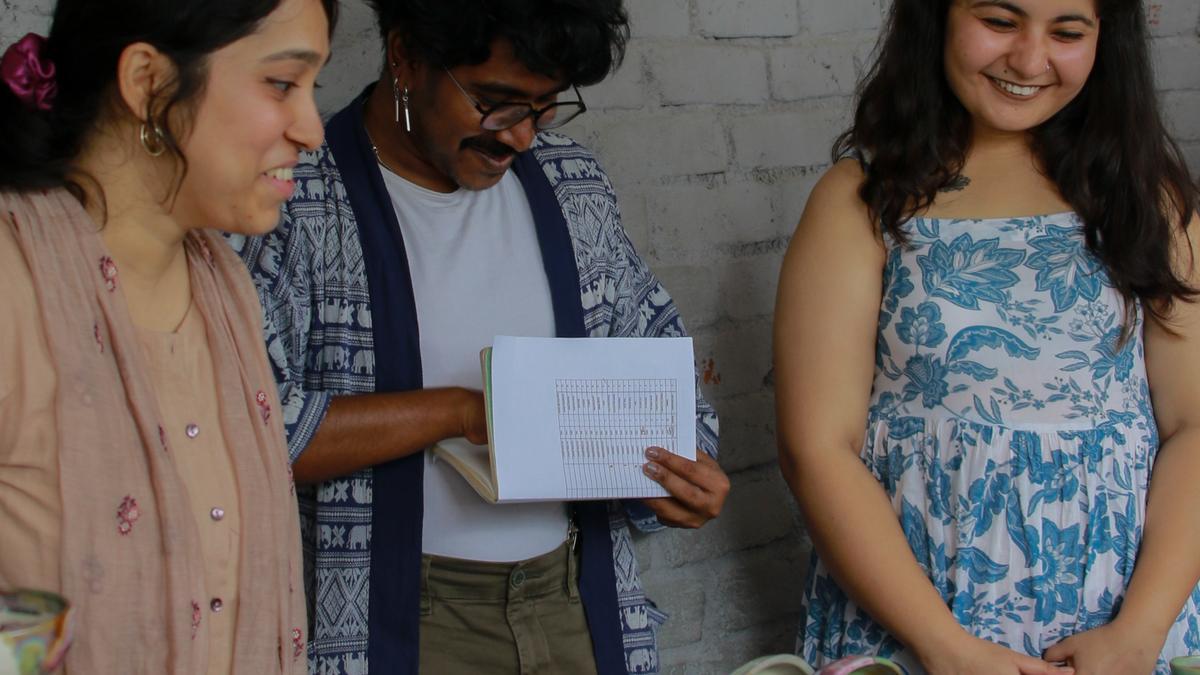
Offering little respite to people reeling under a savage and searing summer wave across the vast swathes of the country’s northern belt, the India Meteorological Department (IMD) on Tuesday predicted heatwave to severe heatwave conditions to prevail over parts of Rajasthan, Punjab, Haryana-Chandigarh-Delhi, and West Uttar Pradesh. The IMD has issued a ‘red alert’ for these states over the next five days, underscoring the severity of the situation.
The Met Department has forecast that maximum daytime temperatures in several districts of these states may breach the 47°C-mark. This extreme heat poses a significant risk to the health and well-being of residents in these regions.
Speaking to ANI on Tuesday, senior IMD scientist Naresh Kumar said, “Temperatures are currently above normal across North West India, and we had issued a red alert for the region over the past 2-3 days. With regard to a state-wise forecast, we have issued a red alert in Rajasthan for the next five days. The maximum temperature is likely to inch further up from 45°C and settle at 47°C.”
Kumar further elaborated on the situation in other states. “In Punjab and Haryana, maximum temperatures have registered a marginal drop due to a prevailing western disturbance, but they will increase gradually hereafter by 2 to 3 degrees. We have already issued a ‘red alert’ for these two states. In neighbouring Uttar Pradesh, we have issued a red alert for the next five days and an orange alert for the northern parts of Madhya Pradesh.”
While the North bakes under an unrelenting summer sun, a measure of respite is likely down South, as the senior IMD scientist added that heavy to very heavy rains, up to 12 cm, are likely in Tamil Nadu and Kerala over the next 2-3 days. This divergence in weather patterns highlights the diverse climatic conditions prevailing across different parts of the country.
With the IMD issuing a ‘red alert’ for the national capital and other parts of North India, health experts have warned people against stepping outdoors, especially between 11 am and 4 pm, as it could lead to a downturn in their health. Dr.
. Neeraj Nishchal, a professor at the Department of Medicine in AIIMS, Delhi, explained that the health issues caused by the rising temperatures could range from rashes, heat exhaustion, and dehydration to more serious conditions such as heat strokes.
“Heatwave conditions can result in physiological strain, often proving fatal. To minimize the impact of the heatwave and prevent serious ailments, doctors have advised people against going outdoors to the extent possible, and if necessary, to do so under adequate protection; especially between noon and 3 pm. Take sufficient fluids as often as possible, even if one is not thirsty; and wear lightweight, light-colored, loose, and porous cotton clothes,” advised Dr. Nishchal.
The senior IMD scientist also highlighted the importance of communal efforts in battling the severe heatwave conditions. “Local governments and civic bodies must ensure that water supplies are sufficient and accessible to the public. Community centers and public places should be equipped with cooling installations like water misters and fans to help residents combat the heat,” added Kumar.
The IMD’s warning and the accompanying recommendations are critical for preparing the public for the harsh conditions ahead. It is advised that residents in the affected areas remain vigilant and take all necessary precautions to safeguard their health.
Meanwhile, efforts are being made to mitigate the extreme weather conditions through various measures. The government has been actively involved in spreading awareness about the heatwave through social media, television, and radio broadcasts. Public service announcements include tips on how to stay cool, the importance of staying hydrated, and recognizing the signs of heat-related illnesses.
The current situation serves as a stark reminder of the challenges posed by extreme weather conditions and the importance of timely interventions by meteorological and health authorities. With proper precautions and community cooperation, the adverse effects of this heatwave can be minimized, protecting lives and ensuring public safety.










